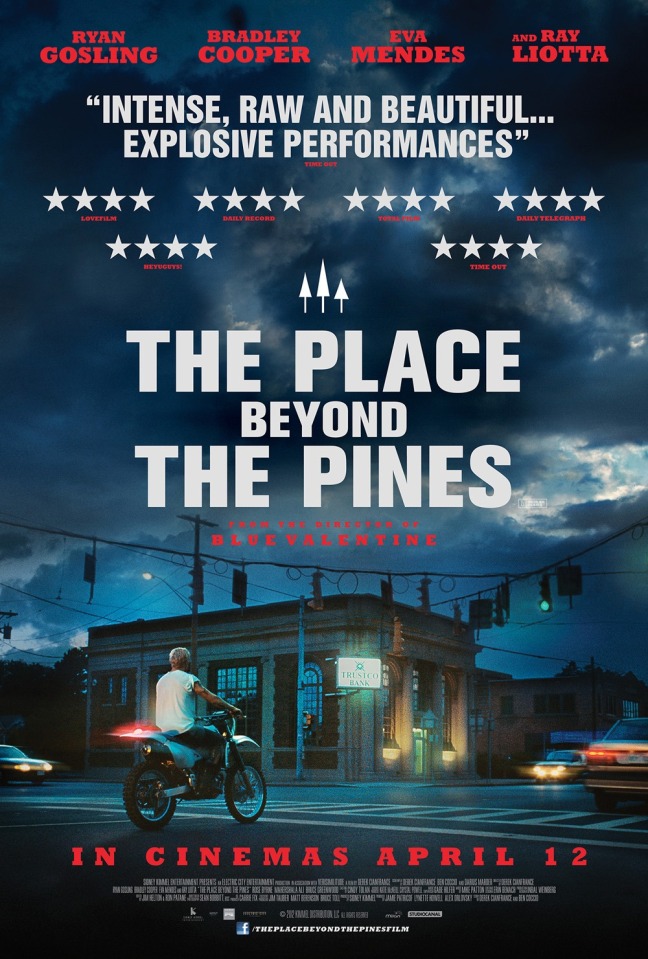
American History: X Rated
In 2010, theaters welcomed “Blue Valentine”, a film that follows a married couple, Cindy (Michelle Williams) and Dean (Ryan Gosling), through the beginning and end of their relationship. It is a romantic drama with no violence, nudity, or drug use, so it came as a shock to many people when the film received an NC-17 rating from the Motion Picture Association of America (MPAA).
NC-17 ratings can be a kiss of death for movies, even nowadays. Many major theater chains will not carry films that bear NC-17 ratings because they aren’t viable in creating a profit. Newspapers and television networks won’t run ads for them, and they cannot be attended by anyone younger than 17, even with a guardian, severely limiting viewership.
Although the MPAA wouldn’t release the reason for the decision, the media discussing “Blue Valentine” reported that the rating was due to a scene in which Cindy receives oral sex from Dean.
Industry and movie officials immediately fired back, arguing there was little nudity, and if the characters were reversed it would not have earned the movie such a severe rating. Although the decision was ultimately overturned and “Blue Valentine” went to theaters rated R, it drew attention to the MPAA’s severe rating system and its effect on the work produced.
While the rating system may have started out as a way to inform audiences about inappropriate content, the current system isn’t developed enough to recognize the nuances of questionable subject matter. More often than not, it does more to limit filmmaker creativity through disincentives to use more mature themes than to protect the general public.
Some filmmakers struggle with editing their content to receive ratings that maintain their works’ profitability. Although the ratings are a voluntary exercise for films and are performed by a private group, movies that don’t take part in the system have a harder time with marketing and theater booking.
Filmmakers are often left to the whim of the MPAA, regardless of the circumstances of the offensive material in film. “The King’s Speech” received an R rating, based purely on a scene in which King George VI (Colin Firth) swears at great length.
The movie’s director, Tom Hooper, complained the rating was higher than films like “Casino Royale” or “Salt,” both of which feature graphic torture sequences of their main characters. As in the “Blue Valentine” debacle, one scene was enough for the board to push the rating over the top, despite the scene’s importance to the film.
Derek Cianfrance, who directed “Blue Valentine,” said that in his most recent film, “The Place Beyond the Pines,” rated R, he sought to give violence some context in the real world, a quality he feels is missing in violent films and one the rating system often fails to take into account.
“You know you can do so much with violence in movies, and push that R rating as far as it can go,” Cianfrance said. “I was never trying to one-up the viscousness of violence. I wanted to play out the narrative of violence, the aftermath.”
While the goal of the ratings is to serve as an advisory for parents finding films for their kids, these labels often end up defining a film by its trivial aspects. The number of times someone uses harsh language or drugs or flashes a naughty bit becomes more important than how responsibly the movie handles the themes or behavior.
“There’s three gunshots in [“The Place Beyond the Pines”] and they actually have an effect,” Cianfrance said. “It’s a narrative effect, and you actually have to live with that effect, death, and absence. [You have to] experience the power the gun has.”
By the time the first model of the current ratings system was developed by the MPAA in the 1960s, it was already behind the times. Similar methods had been put into place in countries like Australia and the United Kingdom much earlier. There were four ratings: a G for general audiences, M for mature audiences, R for restricted under 16 without parent or guardian, and X for 16 and older only.
Ultimately the MPAA would change the classification to the standard G, PG, PG-13, R, and NC-17, hoping to better bridge the gap between R and PG and distance its image when the porn industry started to proudly co-opt the X rating.
Joan Graves, chair of the Classification and Ratings Administration, said in an interview with Time Magazine that NC-17 is given more often to films for violent content than for sexuality, but typically violent movies are edited and released with an R rating. She said the goal of the rating system was to keep censors at bay and monitor the industry’s own content.
Despite the goals Graves identified, it seems the MPAA usually ends up defining and limiting the work it’s overseeing. The MPAA needs to be more detail-oriented by incorporating and recognizing the context and responsibility behind an act deemed offensive in its ratings. Until the MPAA’s system better reflects the content and narrative of its maturely themed movies, this rating system will not be approved by all audiences.
[Illustration credit: Joshua Bessex]
